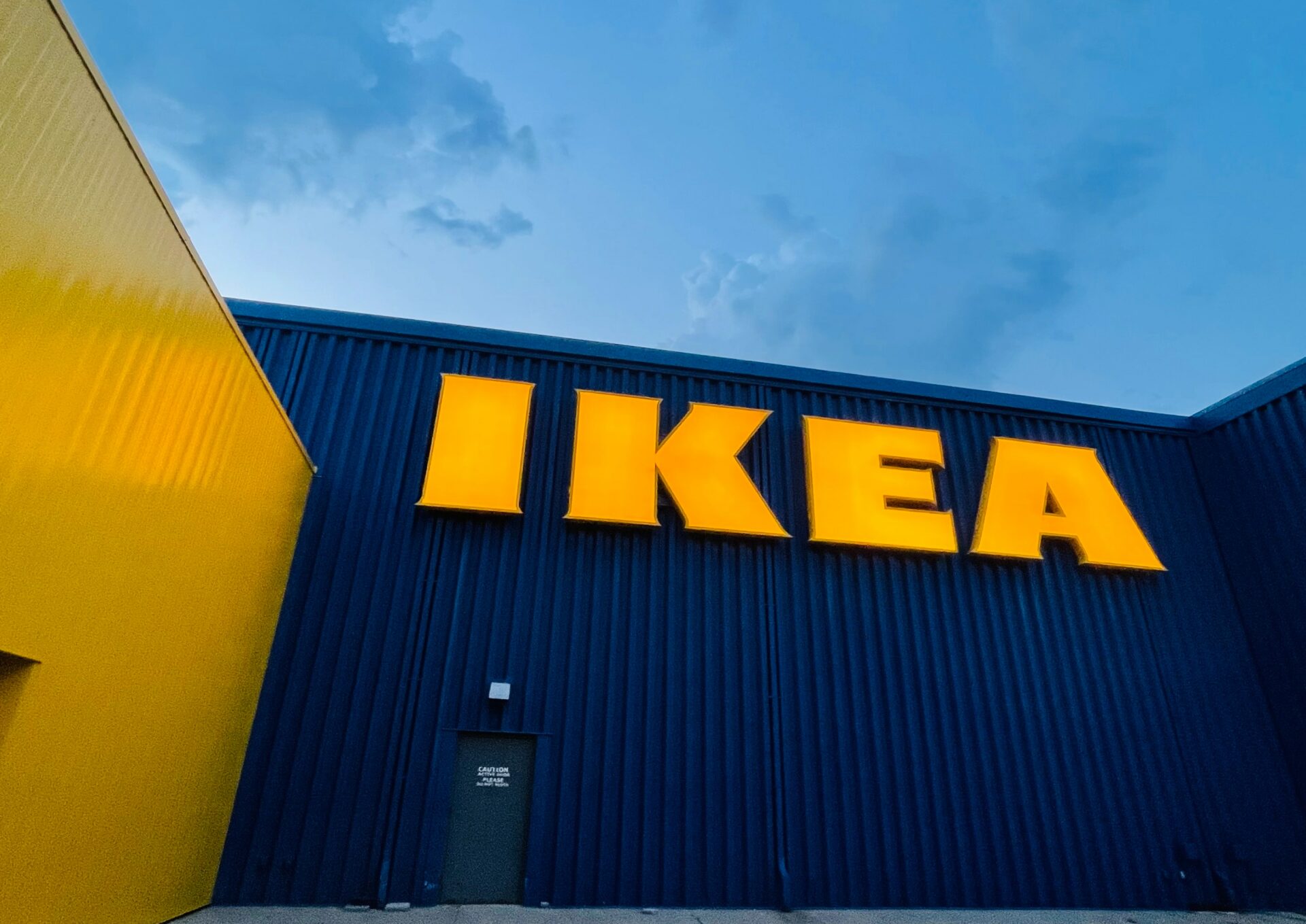When you think of yellow arches, a red can and a black apple, what brands instantly come to mind?
Colors are one of the key elements of identification when we think of the brands we know and love. Not only does it help form a customer’s very first perception of a company, but each color comes with a whole host of new emotional associations.
When crafting your own branding strategy, color must sit at the top of the priority list. Not only can business leaders use color to help convey their values to their consumers, but using the right shades, hues, and tones can aid a brand in appearing more professional and becoming a key player within their niche.
With that in mind, let’s jump into the benefits of prioritizing color in a branding strategy and learn how to pick the best shade for you.
Social video, protecting your IP — discover more from Verizon Small Business Digital Ready
Are Brand Colors Important?
Research suggests that a whopping 90% of consumers place the most importance on a brand’s visual factors when first discovering a potential purchase point. With over 60% of a person’s initial judgement based on color alone, it’s no wonder that commerce giants all have an excellent color strategy.
Take the furniture giant IKEA for an example. Well known for their bright yellow and blue combo, they are extremely memorable when it comes to color-focused branding.

Image: Unsplash
In fact, the Swedish retailer conducted its own color study based on a survey of over 2,500 of their loyal consumers. When shown simple shades of blue and yellow, a staggering 67% of people were able to recognize the iconic brand colors in less than 10 seconds.
This suggests that color is one of the easiest forms of brand association. If you take a simple shade of green, red or yellow and brand the color as your own, you’ll quickly see your consumers noticing your high street store from over 100 yards away.
Can We Have a Chemical Reaction to Color?
The question is, can color theory go one further? Experts suggest that one of the key reasons we associate colors with emotions, experiences and even brands is down to a diverse set of responses triggered within the cerebral cortex of the brain when we encounter a particular shade.
“Once we humans identify a color, we instantly have a chemical reaction in our brain that produces an emotional response. This response triggers a multitude of thoughts, memories and associations with people, places and events,” says Thomson Dawson, author at the Branding Strategy Insider. “Color affects us in profound ways. Our brains are designed to respond to color. This all happens instantly under our conscious awareness.”
This little bit of science explains why we feel positive when we see yellow and calm when we see blue. We are constantly associating colors with significant places and experiences. For example, Yellow makes us think of the sun, while blue brings us to a calming ocean. This is what you must think about when using color to rebrand.
How do you want your consumers to feel when they see your brand? What emotion would you like to invoke?
How To Choose the Right Colors for Your Brand
Selecting the perfect color for your brand can be tricky. Not only should it match your strategic positioning, but it should represent the emotional desires of your demographic and the values your company supports.
If you look closely, every competing brand in a number of niche industries strives to brand themselves using different colors that their consumers can associate with them.
Think about the popular eyewear company Ray-Ban. They use a striking red to evoke passion, yet a timeless style on their consumer site, whereas other competitors such as Oakley and Eyeglasses center their blog around more clinically relevant colors, such as shades of light blue when talking about the effects of blue light.
“Consider the color associations and connotations you want consumers to have of your brand. What do you want them to feel when they see your logo? What impression do you wish to make with the colors you choose?” says Rebecca Kowalewicz, Vice President of Digital at Clearbridge Branding Agency. “Remember, color is not just revolutionary; it’s evolutionary — a kaleidoscope of cultural connotations constantly turning in an ever-changing zeitgeist of perception and trends. So, it’s important to choose wisely.”
Here are some things to consider when choosing the right shade for you:
- Your Target Audience: What does your demographic care about the most? What other brands do they interact with, is there a particular color pattern? Make sure you’re thinking about shades that best convey your values to your targets while still distinguishing you from your competition.
- Your Archetype: What archetype does your brand fall under? Considering your industry and the topics you may cover could also impact your color choices. For example, if you’re an outdoor type brand, choosing green or an earthy tone could help tie your company and your industry together.
- Your Personality: How do you want to describe yourself and your brand story to your audience? Do you want to appear stoic and professional or fun-loving and quirky? Depending on your industry and target audience, you should pick a color that would best describe your brand if it was a person.
The SuN Takeaway
It’s clear color has a large impact on branding, especially when comes to audience recognition. The colors you choose to market your company can truly make or break your success.
“Selecting colors to represent your brand should never be an exercise in trendiness, or coolness, driven by the whims of your ad agency creative director or the personal taste of the CEO’s spouse,” says Dawson. “Properly chosen colors define your brand’s value, strengthen and support your brand positioning, enable greater awareness and customer recall, and distinguish your brand among its alternatives. Picking the right color should never be underestimated.”
The question is, which color will you choose for your brand?






